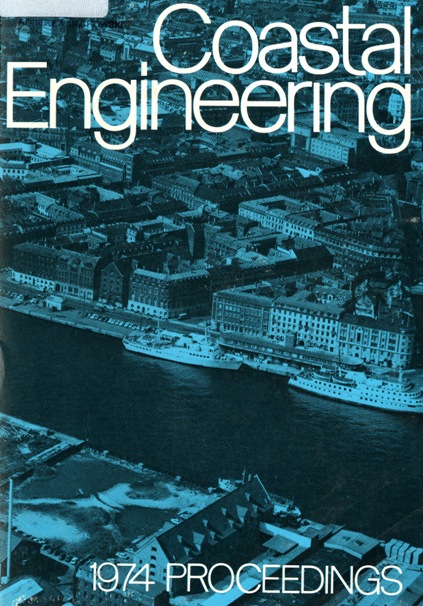Abstract
From the point of view of the Bahamian environment, the most favorable locations for a supertanker port are 1) the western margin of the Great Bahama Bank, 2) the western shores of Grand Bahama Island and 3) the western margin of Little Bahama Bank. A port in any of these areas would a) usually be located down-wind and down-current of the majority of Bahamian islands and shallows, b) be located adjacent to boundary currents, expecially the Florida Current, that would tend to carry large accidental oil spills away from coastal areas and into the North Atlantic, c) be located where wave energies would be relatively low, and d) be positioned close to sea-lanes, obviating supertanker penetration of the central Bahamas. A site 30 miles east of Freeport, Grand Bahama Island, was chosen for construction of a sea-island supertanker bunker. Six controlled spills (270 U.S. gals, each) of crude and two spills of naptha were made at the sea island site during the windiest month (February). Slick spreading rates are presented. Cumene and all lower-boiling aromatics disappeared within the first 90 minutes after a crude-oil spill; a majority of toxic fractions (BP < 220°C) disappeared within 3 to 8 hours. Slick-drift roses for extreme-wind-persistence and strongest-coastal-current conditions indicate the environmental suitability of the site for capture and cleanup of small spills (< 1000 gals.).
Authors retain copyright and grant the Proceedings right of first publication with the work simultaneously licensed under a Creative Commons Attribution License that allows others to share the work with an acknowledgement of the work's authorship and initial publication in this Proceedings.

